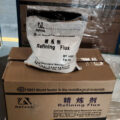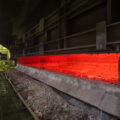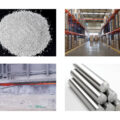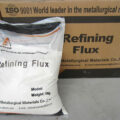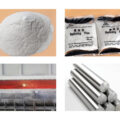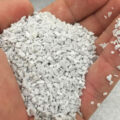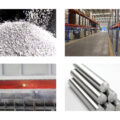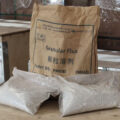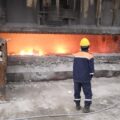The aluminum fluxes refining method has a good effect on discharging non-metallic inclusions. The degree of purification by the flux to remove non-metallic inclusions in the melt is not only related to the physical and chemical properties of the flux, but also depends to a large extent on the refining process conditions, such as the amount of flux, the contact time between the flux and the melt, and the contact area, mixing conditions, temperature, etc.

For refining aluminum alloy melts, hundreds of fluxes have been developed, and sodium and potassium-based chloride fluxes are the most widely used. For aluminum alloys with low magnesium content, sodium-potassium-based chloride refining agents are widely used. For aluminum alloys with high magnesium content, in order to avoid sodium brittleness, sodium-free carnallite-based refining fluxes are used.
When smelting aluminum alloy scrap, the quality of the scrap is different, and the amount of covering agent and refining agent is also different. The amount of refining agent is also different for different aluminum alloys and different products.
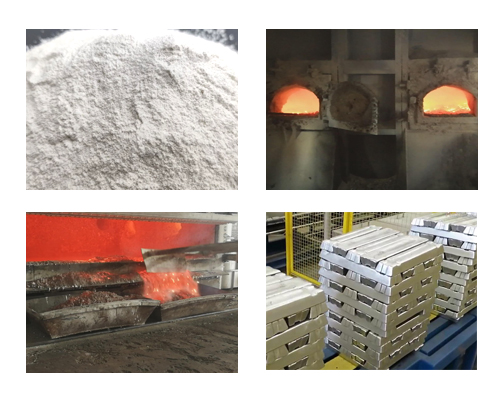
The following methods are commonly used in the production of aluminum alloy smelting by aluminum fluxes refining:
- The melt is refined in the ladle. First, put a pack of flux in the ladle, then inject the melt, and stir it fully to increase the contact area between the two.
- The melt is refined in an induction furnace. The flux is charged into the induction furnace, and the flux and the melt are fully mixed by means of the stirring effect of the induction magnetic field to achieve the purpose of refining.
- It is refined with a mixer in the ladle or in the furnace to mechanically disperse the flux in the melt.
- The melt is refined in a magnetic field stirring device. This method relies on electromagnetic force to continuously deliver the melt to the flux-metal interface to achieve active contact between the aluminum melt and the flux. The higher the melt rotation speed, the better the refining effect.
- Electric flux refining. In this method, the melt is passed through a flux layer applied with an electric field (on the metal-flux interface) for continuous refining.

